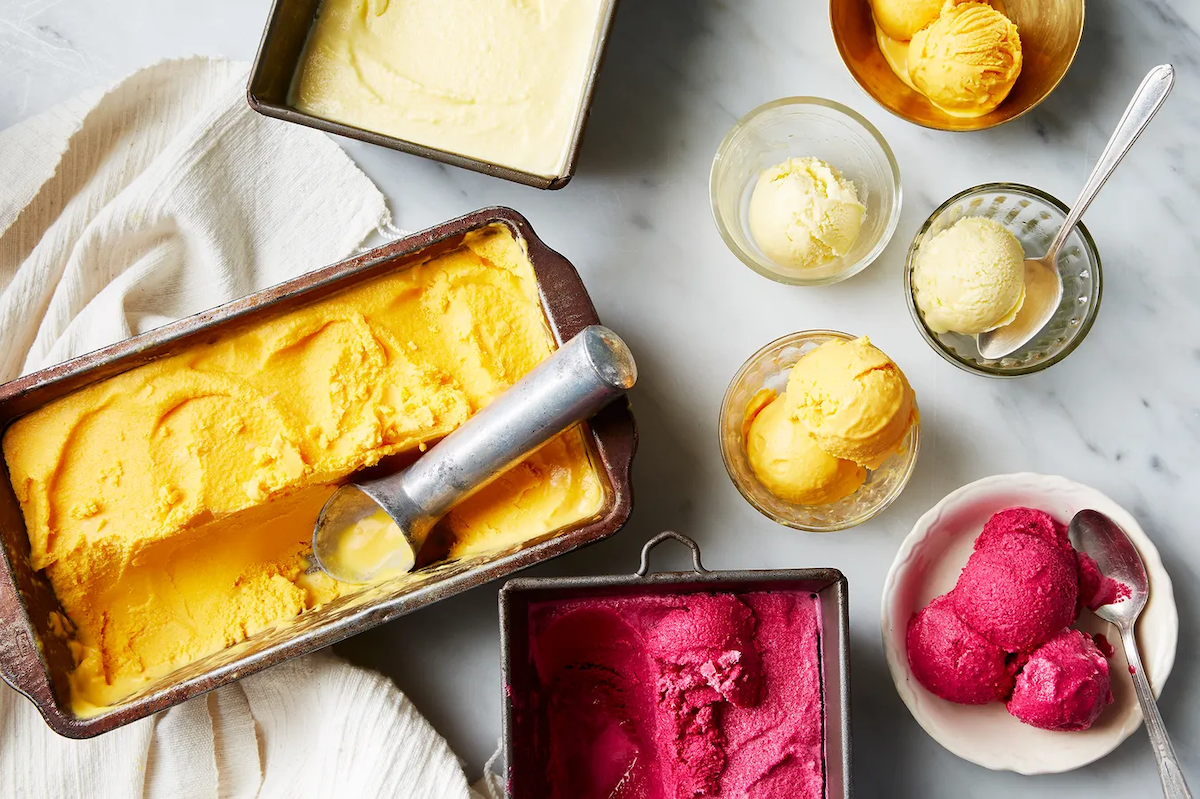Freezers are magical appliances: They allow us to save homemade soups and sauces for months on end, keep ice cream frozen for our daily after-dinner sundaes, and store ice for cocktail parties (a must). As essential as it is to freeze leftovers and frozen pizzas for zippy suppers, freezers aren't always our friends. In fact, they can sometimes be the foe — namely, when so-called "freezer burn" infiltrates our supply of frozen foods.
Let's get one thing clear: Freezer-burned food is completely safe to eat. According to the Food and Drug Administration (FDA), "freezer burn is a food-quality issue, not a food safety issue." The FDA notes that freezer burn often presents itself as "as grayish-brown leathery spots" on the food in question. So even though freezer burn doesn't always look or taste quite right, it doesn't mean your food is spoiled or otherwise harmful if consumed.
That being said, freezer burn can render the items in your freezer wholly unappetizing, covering them in swaths of ice crystals and leaving them with a bland, off taste. So how does freezer burn form? It's actually quite simple: As Shelly Schmidt, professor of food chemistry at the University of Illinois at Urbana-Champaign, explained, freezer burn is simply a byproduct of moisture loss, or dehydration.
When food is exposed to the cold, dry environment of a freezer, its water content — in the form of ice — undergoes sublimation, a process by which solids are transformed directly into a gaseous state. After this ice is drawn out from frozen food as vapor, it's then redeposited on the surface as ice crystals. This is why freezer burn so often results in food that's simultaneously discolored, shriveled, or leathery and covered in ice crystals.
OK, but how do I avoid freezer burn in the first place?
Now that we've cleared up what freezer burn actually is, we're in a better place to protect our food from its not-so-tasty effects. Because freezer burn results from contact with the freezer's cold, dry air, the simplest way to avoid the problem is by minimizing that exposure in the first place.
"Different types of [materials] will vary in how much air they let through them, as well as odors and what we call moisture vapor, or airborne moisture," says Elizabeth Andress, food safety specialist and professor of foods and nutrition at the University of Georgia. Plastic or silicone zip-top bags are one great option for limiting air exposure, and for larger items, double-wrapping first with plastic wrap and then with heavy-duty aluminum foil will do the trick.
Though these solutions are pretty solid, if you're looking for the maximum level of protection against freezer burn, you may want to bite the bullet and purchase a vacuum sealer — especially if you plan on freezing food often and for long periods of time. "In addition to pulling the air out of the package, they are much more preventative at letting anything [in the air] transmit through the plastic itself," says Andress.
Whether you're using a high-tech vacuum sealer or good ol' cling wrap, the same principle applies: Keep your frozen food wrapped as securely and tightly as possible. Your make-ahead meals, ice cream, and dino nuggets will thank you.




Shares